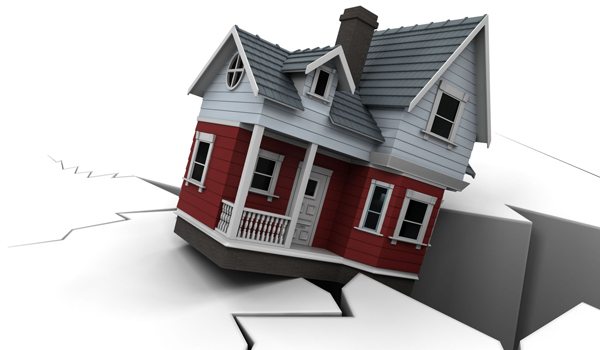The Phoenix-area housing market is NOT creating another housing bubble to pop anytime soon. The latest monthly report from the W. P. Carey School of Business at Arizona State University shows a lack of enthusiasm from both buyers and sellers. Here are the latest details on Maricopa and Pinal counties, as of July:
• The median single-family-home sales price went up 8 percent from last July, but forward price movement is greatly slowing down.
• Activity in the market was also much slower this July than last July, with the number of single-family-home sales down 19 percent.
• The W. P. Carey School is launching an enhanced-content website where those interested in more in-depth housing-market statistics can get customized views of what’s happening.
Phoenix-area home prices dramatically recovered from the housing crash, quickly rising from September 2011 to last summer. This year, prices dropped a little, leveled off, and then finally, the median single-family-home price rose this summer. The median jumped 8 percent — from $194,000 last July to $210,000 this July. Realtors will note the average price per square foot also went up about 8 percent. The median townhouse/condo price went up about 6 percent to $130,000. However, don’t expect much more upward momentum.
“Most of the median-price increase over the last 12 months is because a greater percentage of the homes being sold are in the luxury market, not because home values overall are increasing,” says the report’s author, Mike Orr, director of the Center for Real Estate Theory and Practice at the W. P. Carey School of Business. “We anticipate pricing will move sideways or slightly down over the next few months until supply and demand get back into balance.”
At the moment, both demand and supply are low in the Phoenix area. The amount of single-family-home sales dropped 19 percent from last July to this July. (The only bright spot is new-home sales, which increased their market share from 9 to 12 percent.) Investors have focused on other areas of the country with better bargains, so the percentage of residential properties they bought in July was just 13.6 percent, down from the peak of 39.7 percent in July 2012. Orr says other home buyers aren’t stepping in, and supply isn’t rebounding.
“Usually, when demand is weak for an extended period, supply starts to grow, as it did in the second half of 2005 and throughout 2006 and 2007, heralding the collapse of the housing bubble,” Orr explains. “However, this summer, supply is slowly weakening. It appears that the lack of enthusiasm among buyers has spread to sellers, instead of causing them to panic. Many sellers clearly have the patience to wait for better times and are unwilling to drop prices to dispose of their homes.”
Orr adds the choices for anyone who wants to buy a Phoenix-area house for less than $175,000 are pretty slim. For example, bargain foreclosures are few and far between. Completed foreclosures on single-family homes and condos are down 45 percent this July from last July.
The limited options at the low end of the market are also contributing to the booming demand for single-family rental homes. Orr says fast turnover and low vacancy rates have already pushed the rent on single-family homes in the most popular areas up 7.5 percent over the last 12 months. Affordable apartment and condo rentals have also become hard to find.
In order to better serve the public with more insight on the Phoenix-area housing market, Orr and the Center for Real Estate Theory and Practice at the W. P. Carey School of Business are launching a new enhanced-content website today. In addition to the free news releases distributed by the school, those wanting more housing data can subscribe at www.wpcarey.asu.edu/realtyreports. The premium site includes statistics, charts, graphs and the ability to focus in on whatever interests you most about the market.
“Though we’ve already had a great response to our housing reports, we wanted to make our real estate information even more useful to people,” says Orr. “With the enhanced site, you’re able to customize your view to more closely examine data in particular price ranges, specific parts of the Valley, and even certain transaction categories. We think the real estate community will be really pleased with the new tools.”




